Main menu
Common skin conditions

NEWS
Join DermNet PRO
Read more
Quick links
Author: Eenass Natafji, Dermatology Registrar, Royal Infirmary of Edinburgh, Scotland; Chief Editor: Dr Amanda Oakley, Dermatologist, Hamilton, New Zealand, September 2015.
Introduction - telangiectasia Introduction Causes and demographics Clinical features Diagnosis Differential diagnoses Treatment and outcome
The term telangiectasia refers to a skin condition composed of fine red blood vessels: these are called telangiectases.
Cutaneous telangiectases are caused by permanent dilatation of small blood vessels resulting in small, red linear markings in the skin and mucous membranes. They can be primary or secondary.
Benign hereditary telangiectasia is a primary telangiectatic disorder. It has varying clinical patterns.
The precise cause of benign hereditary telangiectasia is unknown.
Individuals with benign hereditary telangiectasia tend to present with numerous telangiectases.
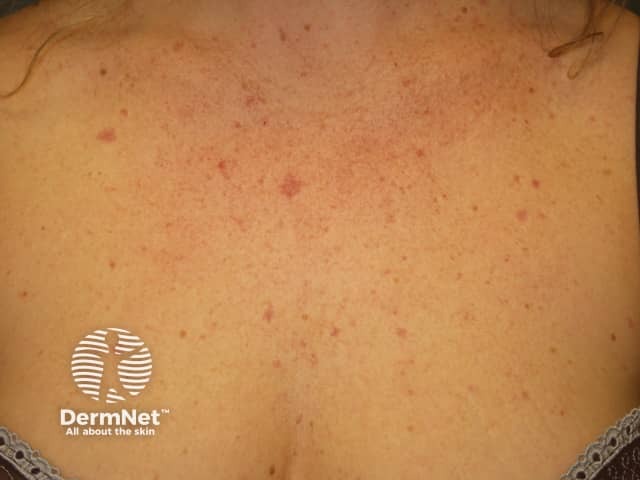
Benign hereditary telangiectasia
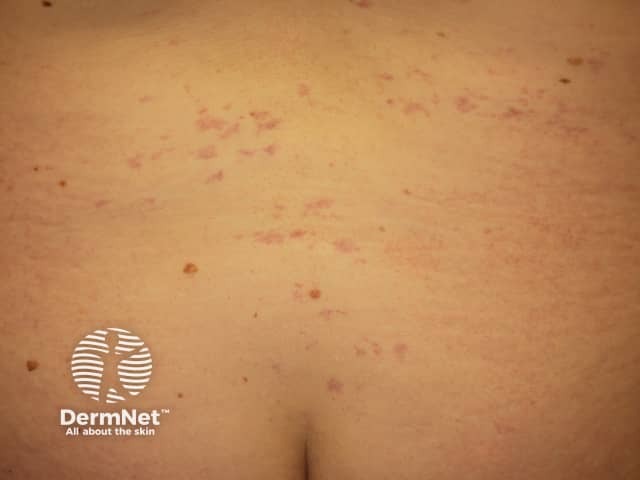
Benign hereditary telangiectasia
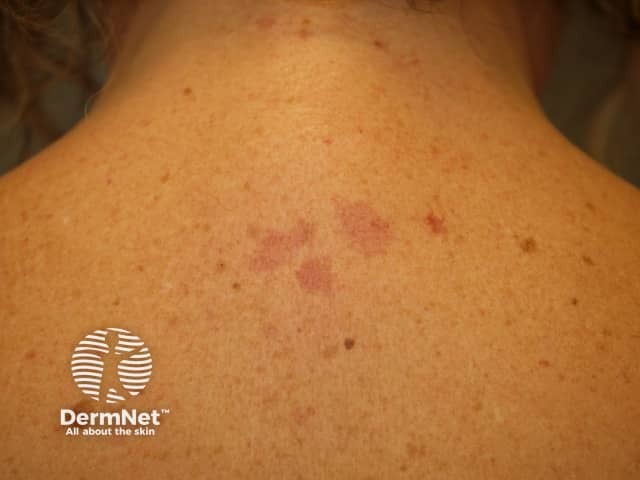
Benign hereditary telangiectasia

Benign hereditary telangiectasia
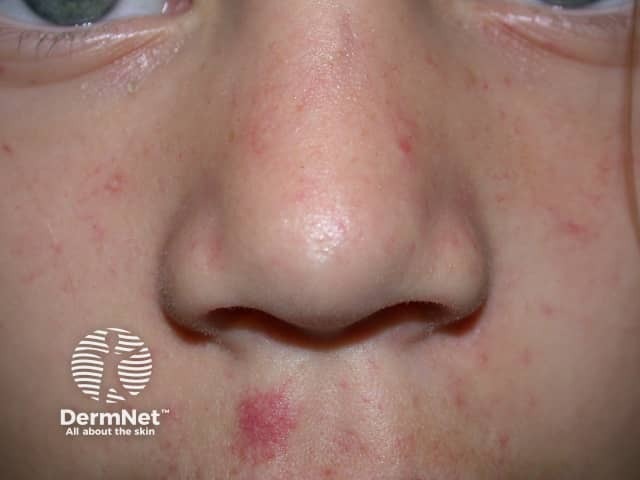
Benign hereditary telangiectasia
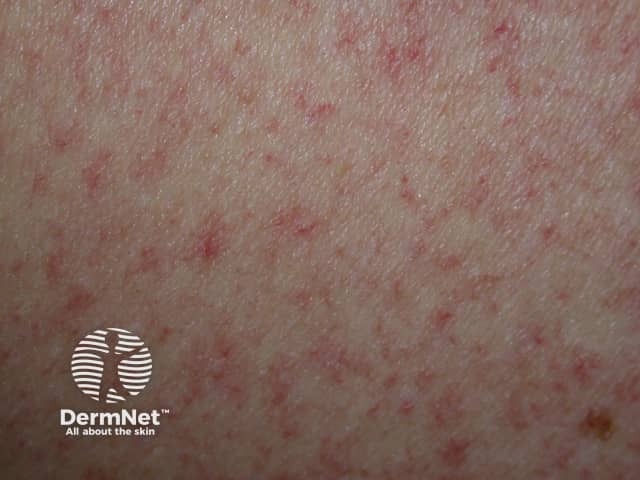
Benign hereditary telangiectasia
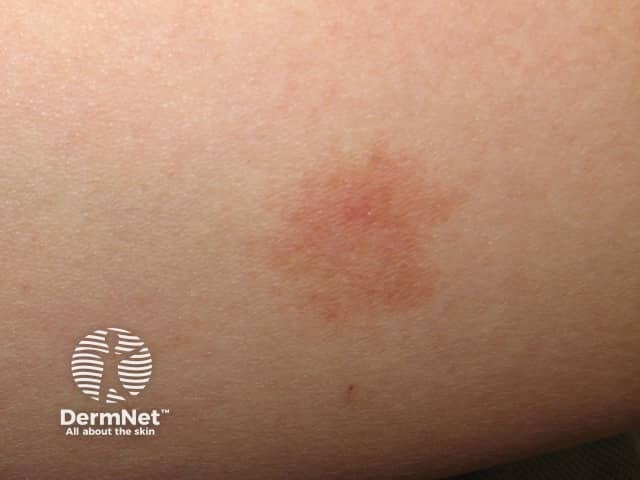
Benign hereditary telangiectasia
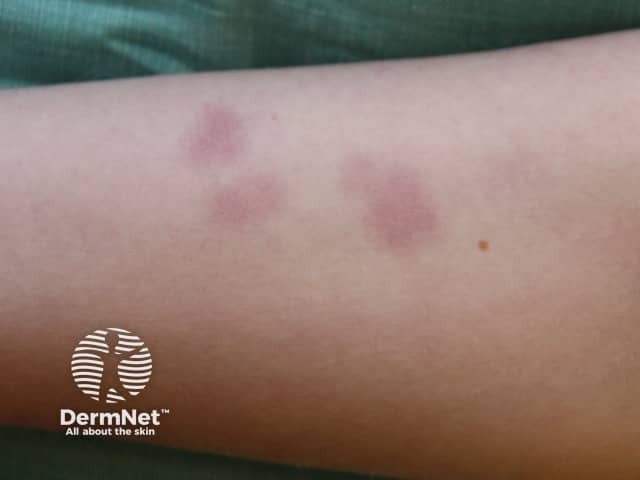
Benign hereditary telangiectasia
Benign hereditary telangiectasia is a clinical diagnosis. Histological examination of lesional skin shows dilatation of the sub-papillary venous plexus with associated upper dermal atrophy.
The most important condition to rule out is hereditary haemorrhagic telangiectasia (Osler-Rendu-Weber syndrome). The differential diagnoses of primary telangiectasias in children also include:
Due to the lack of systemic involvement, benign hereditary telangiectasia has an excellent prognosis and medical intervention is not usually required.
When treatment is requested for cosmetic reasons, the following treatments may be considered.